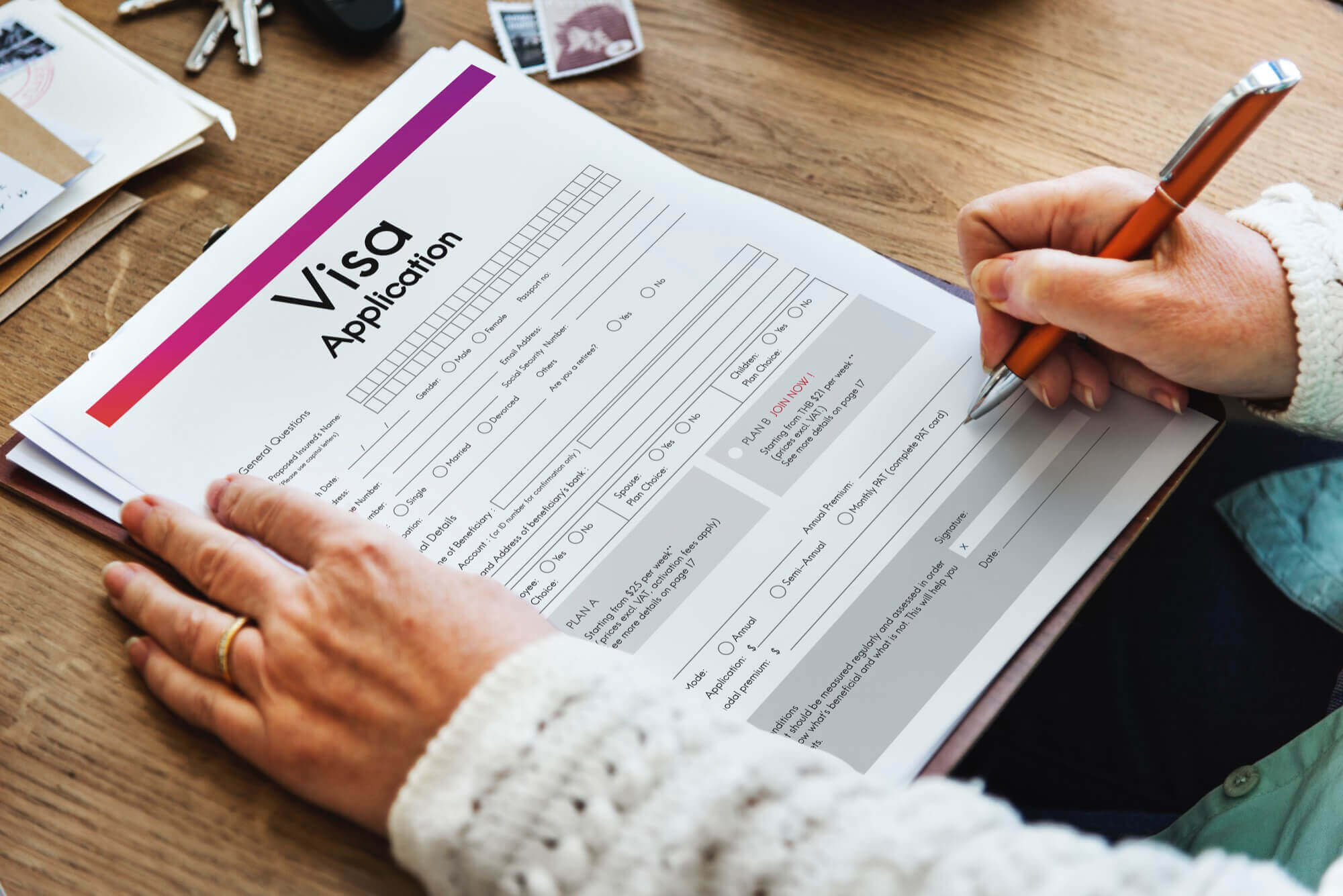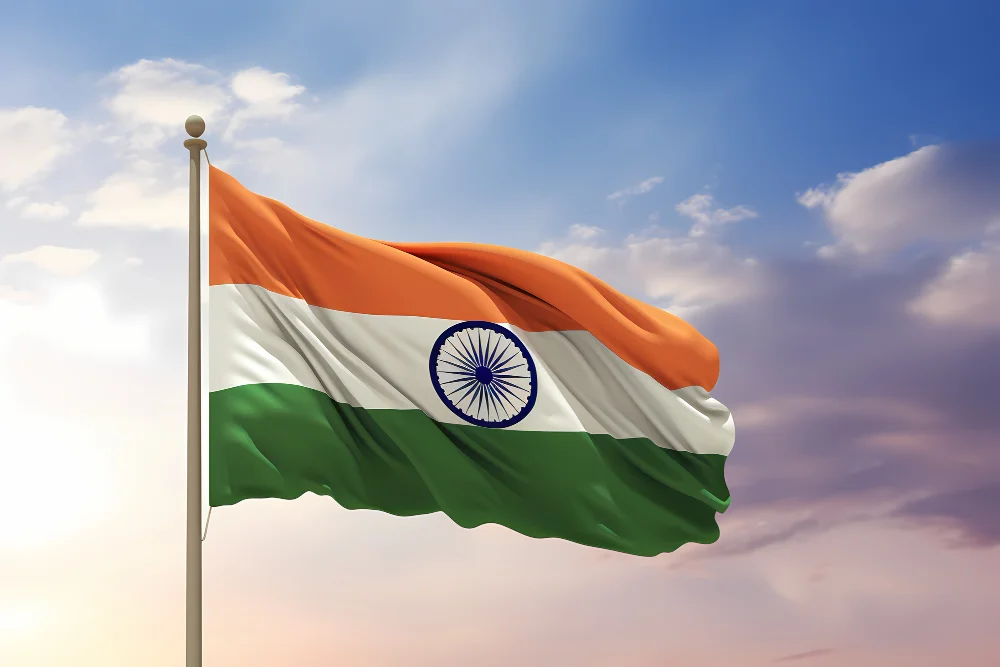In recent years, there has been a significant surge in student visa applications from India, reflecting a broader global trend of increasing international student mobility. In 2022, the US consular team in India issued over 140,000 student visas, setting a new record. In a recent interview, US Ambassador to India Eric Garcetti emphasised a commitment to reducing visa processing times for Indian students. Garcetti revealed that US President Joe Biden has specifically instructed him to expedite the visa process for Indian students, indicating the importance of this issue. “It’s the first time, I think, in American history that a President has instructed an ambassador to get those visa waiting times down,” he stated.
Similarly, the UK has seen a 54 percent increase in sponsored study visas for Indians. Overall, the country issued nearly 500,000 sponsored UK study visas in June 2023, equivalent to a rise of 23 percent on the previous year, with Indians accounting for almost a third.
Conversely, Canada receives the highest number of students, with over 319,130 Indian nationals enrolled in Canadian institutions as of 2023. As the demand for international education continues to rise, navigating the nuances of student visas becomes increasingly essential.
In this blog, Kainaaz Mistry, Lead Operations of Education Services from OneVasco, a visa concierge service and a subsidiary of VFS Global, provides valuable insights and demystifies the intricacies of student visas for popular study-abroad destinations.
Understanding student visas and their importance
There are several reasons why individuals choose to pursue their education abroad. Some are drawn by the allure of unique programs and courses unavailable in their home countries. In contrast, others seek to broaden their horizons, improve their language proficiency, or experience a different cultural setting. However, regardless of the motivation behind their decision, acquiring a specific visa, commonly referred to as a student visa, is often a mandatory step before commencing studies in most nations.
A student visa is an essential immigration document that allows individuals to reside in a foreign country to pursue education. It’s a crucial step for any international student, providing them with legal status. Prospective students must first gain acceptance into an educational institution, after which they can apply for a visa, adhering to the specific requirements of the host country. However, acceptance into a school does not automatically guarantee the issuance of a student visa.
Student visas are essential because they enable students to pursue their academic goals and often allow for part-time work, which can be a critical source of financial support. Furthermore, they sometimes offer pathways to post-graduation work opportunities, making them vital to an international student’s educational journey.
What are the types of student visas?
Different countries offer various types of student visas, each with its conditions, restrictions, and benefits. The type of visa you select determines your rights and privileges during your stay. For instance, some visas may allow you to work part-time while studying, while others may restrict your ability to work. Your visa choice can also impact your ability to extend your stay or pursue further opportunities, such as internships or post-graduation employment.
However, student visas are often categorised by nations based on the duration or tenure of programmes. For instance, short-term visas are typically granted for programmes such as language or diploma certificate courses, with a validity of up to three months or 90 days. On the other hand, long-term visas are intended for degree courses lasting beyond three months, including shorter certificate programmes and internships lasting up to six months. Additionally, some countries categorise student visas based on the type of student or programme, regardless of the duration. This categorisation may include factors such as the degree level (graduate, undergraduate, or doctoral) and the type of student (exchange student or diploma/vocational course applicant), among others.
Here’s a country-by-country breakdown of the types of student visas at popular study-abroad destinations:
1) Student visas in the US:
The US typically has three types of student visas:
- F-1 Visa for academic purposes: It is primarily for those enrolled in accredited colleges or universities that offer full-time degree programmes. To be eligible, students must enrol in SEVP-certified institutions leading to a degree, diploma, or certificate. This visa type excludes enrolment in public elementary schools or publicly funded adult education programs. The application process involves acceptance by a certified school, issuance of Form I-20, completion of Form DS-160, and an interview.
- The M-1 Visa for vocational purposes or studying at non-academic institutions: It targets students pursuing vocational or technical training. Admission is limited to SEVP-certified vocational institutions, excluding academic or exchange programmes. The application process involves acceptance by a certified school, issuance of Form I-20, completion of Form DS-160, and a visa interview. M-1 Visa holders cannot work while studying and have limited post-study employment options.
- The J-1 Visa is for exchange students: It facilitates cultural and educational exchanges in the US and covers various exchange programmes promoting knowledge sharing in diverse fields. Eligible participants include students at all academic levels and professionals in specialised programmes. The application requires acceptance into a certified programme, issuance of Form DS-2019, completion of Form DS-160, and a visa interview. Spouses and unmarried children under 21 can apply for the J-2 Visa but have restricted work opportunities.
2) Student visas in the UK:
The student visa system in the UK has changed with the introduction of different categories catering to varying age groups and study durations. Here are three types of student visas in the UK:
- Student Visa (formerly Tier 4 General Visa): Applicants must be 18 years or older to be eligible, while those aged 16 or 17 require consent from their parents. This visa is typically for those applying for undergraduate and postgraduate courses. Candidates need a Certificate of Acceptance for Studies (CAS) from their chosen university to apply. They must also demonstrate financial capability to support themselves, cover course expenses, and exhibit proficiency in English, validated by a Secure English Language.
- Child Student Visa (formerly Tier 5 Child Student Visa): This visa is for younger students aged 4 to 17. Essential prerequisites for this visa include an unconditional offer from an independent school in the UK, financial backing for living expenses and course fees, and consent from a parent or guardian to pursue studies in the UK.
- Short-term Study Visa: This visa lasts six to eleven months for those enrolled in English language courses. Holders of Short-term Study Visa are prohibited from engaging in work, attending state-funded schools, changing courses, or bringing family members to the UK during their stay.
3) Student visas in Canada:
Canada remains a top destination for Indian students due to its welcoming policies and strong Indian diaspora. It offers students a Study Permit. However, the Study Permit is not a visa and does not allow you to travel to or enter the country. Applicants must also obtain a Temporary Resident Visa (TRV) and a Provincial Attestation Letter (PAL) from their sponsoring institution to apply for a study permit.
When can I apply for US, UK and Canada student visas?
Applying early for a student visa is crucial to ensure all arrangements are in place before the programme begins. Generally, students should initiate the visa application process as soon as they receive an acceptance letter from their chosen educational institution confirming their enrolment details, such as the start date and duration of the programme.
By starting the visa application process early, applicants can account for potential variations in visa processing times, which vary significantly depending on the country and time of year. The visa can take a few weeks to a few months to process. For example, the processing time for an F-1 Visa in the US can vary depending on the workload at the embassy or consulate. For the UK, students are advised to apply for the visa three months before the start of their course. However, checking the current processing times is crucial as they may change.
This proactive approach allows applicants ample time to complete the process, address any unexpected delays, and make necessary arrangements well before the program’s start date.
Can I work while I am on a student visa?
Working while studying can provide international students with invaluable experience and financial support. Many international students take advantage of these opportunities.
1) Working in the US as an international student:
In the US, F1 visa holders can work up to 20 hours per week during the academic year and 40 hours during breaks on campus only. Off-campus or CPT (Career Practical Training) roles include jobs or internships that align with the student’s major. It must be part of the school’s curriculum and authorised by the DSO.
International students can apply for Optional Practical Training (OPT), a temporary employment authorisation for F-1 students. It allows them to gain practical work experience related to their field of study for 12 months after graduation. However, one year of full-time CPT eliminates a student’s eligibility for OPT. Students who have graduated in STEM-designated programmes can apply for a STEM OPT Extension for an additional 24 months to work and stay in the US.
2) Working in the UK as an international student:
UK student visa holders can also work 20 hours per week during term time and full-time during breaks. After graduating, students can apply for the Graduate Route Visa. This visa is available to graduates of British universities. It allows international students, including those from India, to work and stay in the UK for up to two years (three for PhD graduates). In contrast to other UK work visas, the Graduate Route Visa doesn’t require sponsorship from a particular employer. In 2023, 114,000 Graduate Route visas were issued, with 30,000 visas granted to dependents. The majority, 42 percent, were awarded to Indian nationals.
3) Working in Canada as an international student:
In Canada, students on a study permit can work up to 20 hours per week during the academic year and full-time during breaks. After graduation, students can apply for the Post-Graduation Work Permit (PGWP), valid for three years.
The student visa application process is daunting. That’s why The Red Pen has recently partnered with OneVasco, a visa concierge service that simplifies your visa application with personalised assistance. They help you fill and submit visa forms and even pre-fill forms for future applications. Avail OneVasco’s visa services today!
A premier provider of visa concierge services, OneVasco is a subsidiary of VFS Global, Asia’s largest visa outsourcing company, serving 63 governments worldwide. Their deep understanding of visa complexities provides a streamlined, hassle-free experience.




